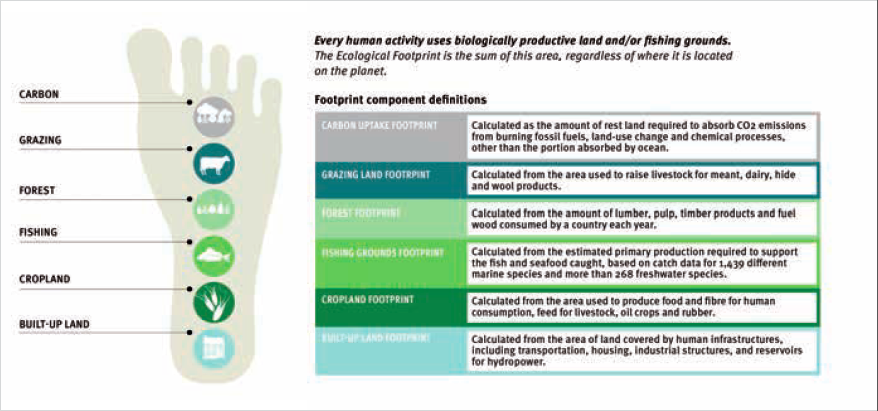It has become common knowledge, with the exception of a few obstinate oil magnates, that there’s a limit to the planet’s natural resources. If the consumption model of industrialized countries were to be adopted globally, the price of petrol or water would no longer be a priority. In all probability, the main concern would be a shortage of oxygen.

The market trends of the last century had accustomed us to somewhat static markets, dominated by the sensational production capacity of the U.S. and other economies’ with relatively stable and solid production sectors.
These dynamics were still unaffected by one of the key factors that now contributes to the economic instability of entire countries and to the huge shift of capital towards financial markets: the removal, just before the end of the millennium, of restrictions in relations between the financial and banking sectors in the U.S. foreseen by the Glass– Steagall Act, and the repercussions this had on world markets.
The last 15 years have shown us how such stability was merely an illusion and how the sad tendency to mark down found on international markets, which are lacking regulations capable of assessing compliance with fundamental human rights and the environmental impact of goods production and services, has led economies one would never have thought likely to grow fast just a few years ago, to sustain even double digit GDP growth.
This has been the platform for the economic development of the BRIC countries, able to attract foreign investment by offering extremely low labour costs.
They exploit the intricate system of direct and indirect subsidies for international transportation, making a ton of steel hauled over more than 10,000 kilometres better value than one produced locally.
Up until 2010, these countries have posted growth rates rarely seen by established economies, but this fast accumulation of wealth was achieved without any precise policies on infrastructural support, which might have safeguarded the environment and people’s rights along with the need for expansion.
With financial markets at the mercy of speculative fluctuations, the industrial segments of the main sectors experiencing global growth, such as electronics, fashion and general manufacturing, made the most of the breakdown in barriers to across-theborder markets to delocalize entire production processes.
While this growth starts to show signs of wear, new groups of countries, like the MIST bloc for instance, are preparing to take on a central role on the ever-changing international stage.
The Living Planet Report, published by the WWF, provides an interesting assessment of the ecological footprints of individual countries based on previously unpublished data or which had not been processed with technically appropriate comparative tools.
Each country’s impact is assessed in a comprehensive way, based on information concerning CO2 emissions from production processes (industry, agriculture, chemical, transport, etc.) and the influence, which can be measured through the use of resources and available surface area, of agriculture, fishing, deforestation and urbanisation.
It is clear how, alongside increases in procapita consumption, the demographic factor has also had an impact on the actual use of available global resources by individual countries.
From 1961 to the present day, the ecological footprint of OECD countries, as is the case for the BRIC countries, has more than doubled. Most of the responsibility can be pinned on industrial expansion policies lacking any kind of regulatory framework compliant with a sustainable development model, which is currently being introduced by many developed countries.
As in the perverse ‘game’ of speculative finance, the social and environmental costs of unsustainable development models have an impact on national budgets.
This often results in a lack of key services, which do not have the necessary political backing to counter the ‘profit first’ approach of the economic powers involved.
For instance, the frenzied race to keep energy costs low and the favourable opinion of ineffectual international treatises on climate change has aided the expansion of high emission intensity systems, such as coal fuelled energy production, in many of these developing economies and others besides.
Emissions in the energy and production sectors are actually the predominant component of the ecological footprints of the new millennium, particularly in the BRIC and MIST groups, with the exception of China, which is already blighted by the effects of pollution caused by its power generation sector.
These choices run the risk of proving doubly counterproductive: the recent World Bank report Turn down the heat on the effects of climate change over the next few decades, clearly shows how poorer nations are the ones that will be threatened the most with greater impoverishment, mainly due to the further decline in the availability of water and food, as well as the gradual rise in sea levels and flooding.
The only hope lies in the UN Congress, too long unresponsive to the fight against climate change. The challenge is on a global scale and responsibility must be assumed at that level, without thinking of winners or losers.





